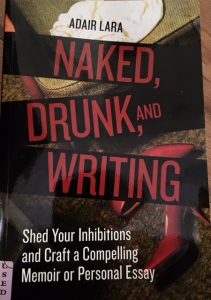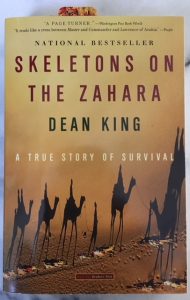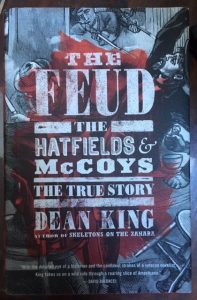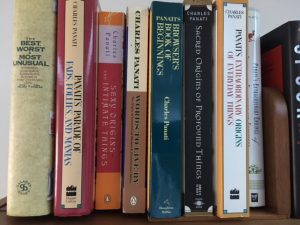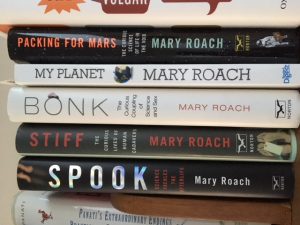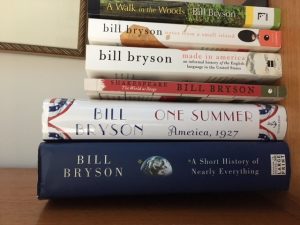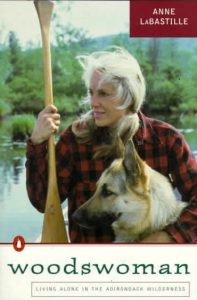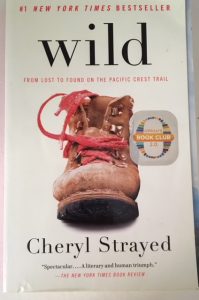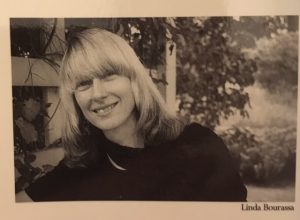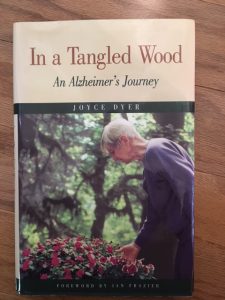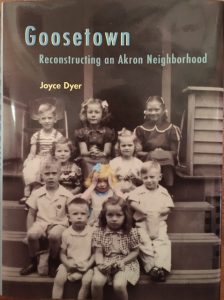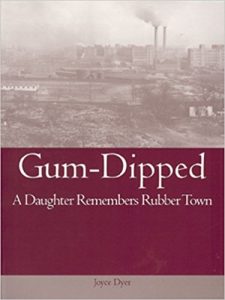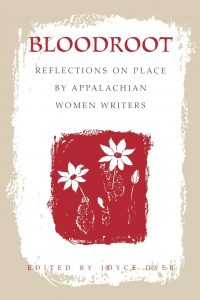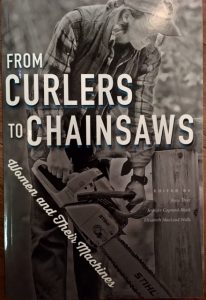I bought this book recently because I’ve enrolled in Creative Nonfiction, a class that begins later this month at the VMFA Studio School. I haven’t taken a writing class in years, but why not?
Once upon a time I took a class with a title something like “Writing Memoir Using Fiction Techniques.” It was a great class. And now there is a whole genre of writing that uses literary styles and techniques to create factually accurate narratives written to entertain. There’s quite a good Wikipedia essay about it, and/or you can check out www.creativenonfiction.org.
Once I started thinking about it, I realized how much of my pleasure reading is some version of creative nonfiction.
Dean King is a Richmond writer who is a master of the form. He brings history to life, whether he’s writing about a shipwreck off the coast of Africa in 1815 or the legendary American Hatfields and McCoys.
Three of my other favorites are Bill Bryson, Charles Panati, and Mary Roach.
Each is an educator in his or her own fashion. Panati gathers fascinating bits and pieces, often organized around quirky themes.
Mary Roach researches current themes and issues, including their historical roots and cross-cultural connections. And she’s humorous!
Bill Bryson varies between historical research (e.g., Mother Tongue) and personal experience (e.g., A Walk in the Woods).
And then there are the personal adventure stories. The first of these I read was Woodswoman by Anne LaBastille about living alone in the Adirondacks, isolated by winter.
The next creative nonfiction book on my agenda will probably be Wild (2013) by Cheryl Strayed. Obviously, I don’t jump on the lists of just published books! But I expect a thrilling read.
Bottom line: Creative nonfiction can be as varied as fiction. And why not try writing a genre I so enjoy reading? I’ll keep you posted.
